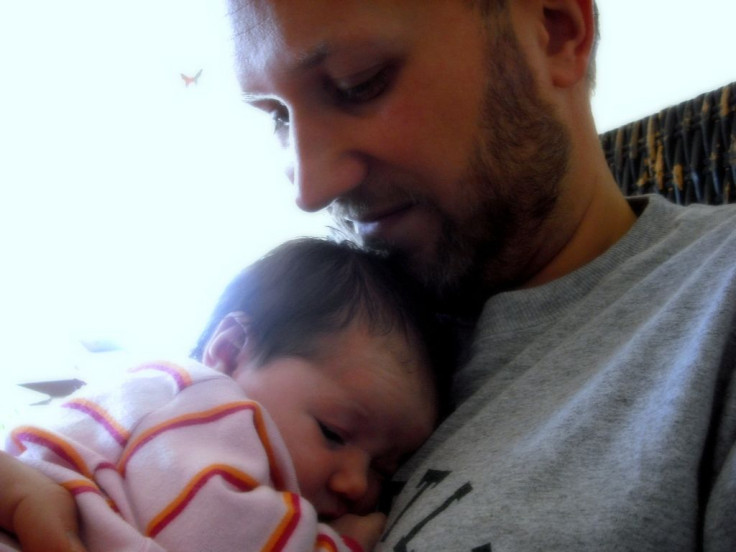Maternal Instincts Similar Across Species, Study Finds

Just in time for Nick Lachey's release of a lullaby album, Japanese researchers say they pinpointed the physiological phenomena that helps parents soothe their babies.
Across many species of mammals, mothers exert a calming physiological effect on their offspring: a woman rocking with her newborn, a mouse grabbing her pup by the scruff of its neck.
Neuroscientist Kumi Kuroda of the RIKEN Brain Science Institute near Tokyo observed that effect while pacing at home with her infant, and also in mice pups in her lab. She and her colleagues monitored pulse rates and the behaviors of a dozen infants, ages 1-6 months, during three situations: left alone in a crib, held by the mother sitting in a chair, or carried as the mother paced.
The results came as a surprise to the researchers and explain why new mothers receive rocking chairs as gifts. The infants responded differently to each situation, fussing the most when left alone in the crib. But when a mother held her baby while walking, the effect was immediate: within 2 to 3 seconds, the baby stopped crying and squirming, and his or her pulse rates calmed down.
The researchers then wired mouse pups with custom-built mini-electrodes that record pulse rates, and captured ultrasonic vocalizations and video images. To mimic the human experiment, they took mouse pups from the nest and placed them nearby in cups, compelling the mother to retrieve them. To compare the effect of the mother's presence, researchers took a control group of pups and simply pinched them by the scruff of the neck.
Humans and mice responded the same: cessation of crying, passivity, and lowered pulse rate.
It's "really fascinating" work, said Oliver Bosch, a neurobiologist at the University of Regensburg in Germany, who was not involved in the research. "No one has looked at [this aspect] of maternal behavior in such detail."
In the mouse experiment, the researchers investigated the underlying physiology in ways impossible with humans. Researchers applied local anesthesia to the pups' necks and blocked any neural perception of the motion, in order to isolate the calming effect of being carried. In some mice, researchers also removed part of the cerebellar cortex, a part of the brain associated with posture and balance. The mother mice had more trouble rescuing the pups that had been anesthetized, with the calming effect blocked.
"The evolutionary value and function [of the calming response] is quite clear," Kuroda said. A more passive, calm, and quiet newborn would be easier to carry away from danger — and possibly less stressful to the mother, too.
The researchers said the work might also allow for the identification of abnormal child responses to stimuli, providing early signs of developmental disorders such as autism. They published their study Saturday in Current Biology.



























